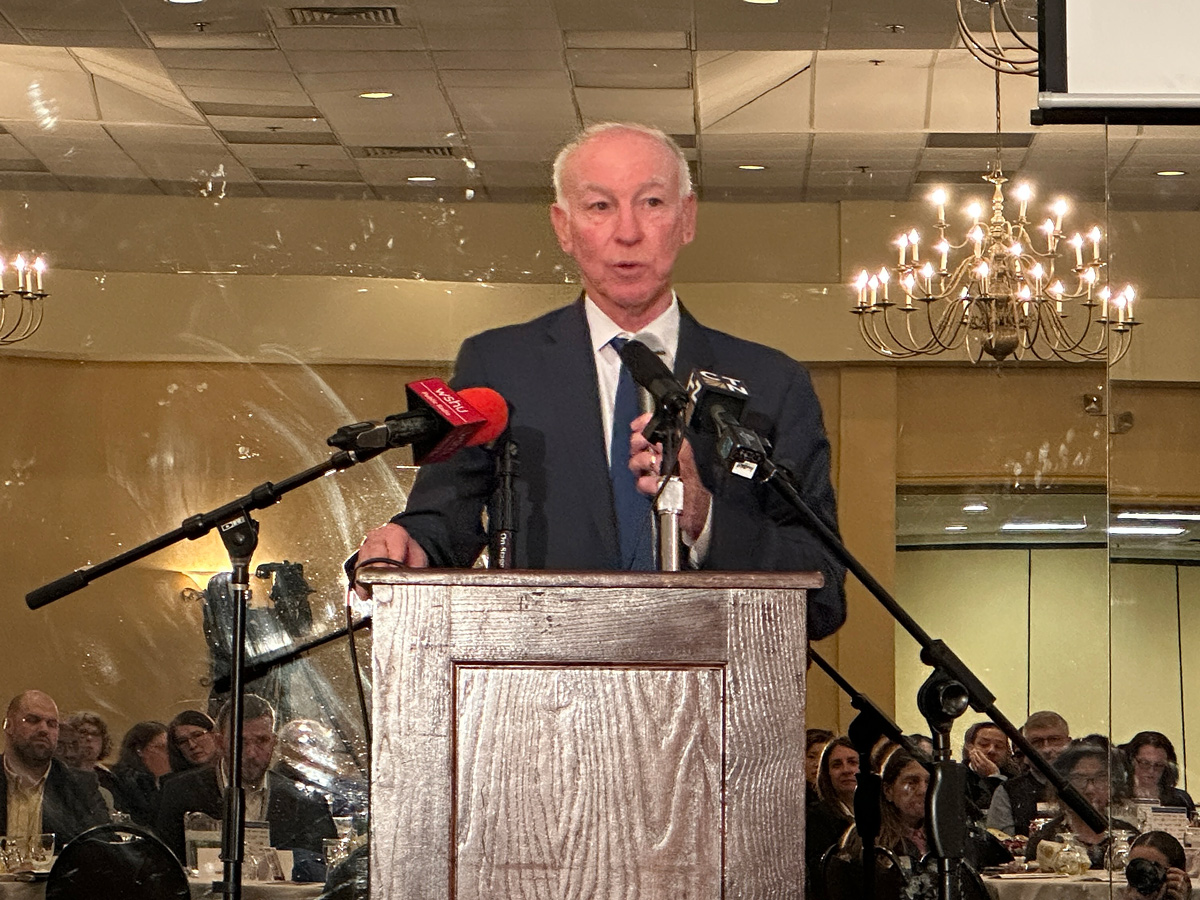Courtney Breaks Silence: Inside Trump's Turbulent Political Whirlwind

In a candid address to business and nonprofit leaders in eastern Connecticut, US Representative Joe Courtney offered reassurance about the current political landscape. Speaking in Norwich on Friday, the Democrat from the 2nd District acknowledged the apparent disorder surrounding the Trump administration's recent federal spending freeze, while emphasizing the resilience of the nation's constitutional framework.
Courtney suggested that despite the initial perception of chaos, the fundamental checks and balances built into the American governmental system were functioning effectively. His remarks provided a measured perspective on the ongoing political transitions, highlighting the strength of democratic institutions in navigating complex political moments.
The congressman's comments reflect a broader conversation about governmental stability and the mechanisms designed to prevent any single branch of government from wielding unchecked power. By focusing on the constitutional safeguards, Courtney sought to calm concerns and underscore the enduring nature of American democratic principles.

